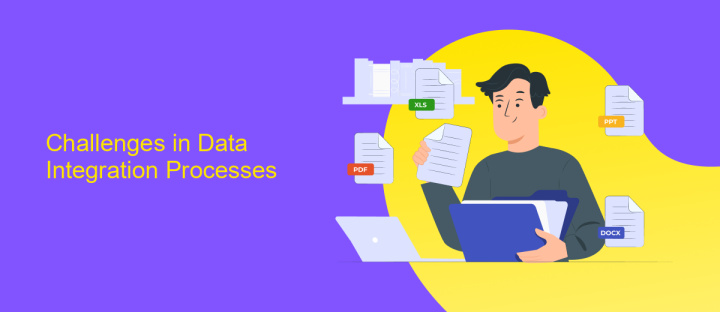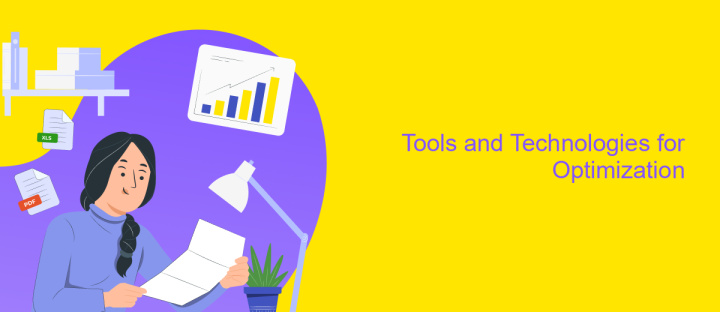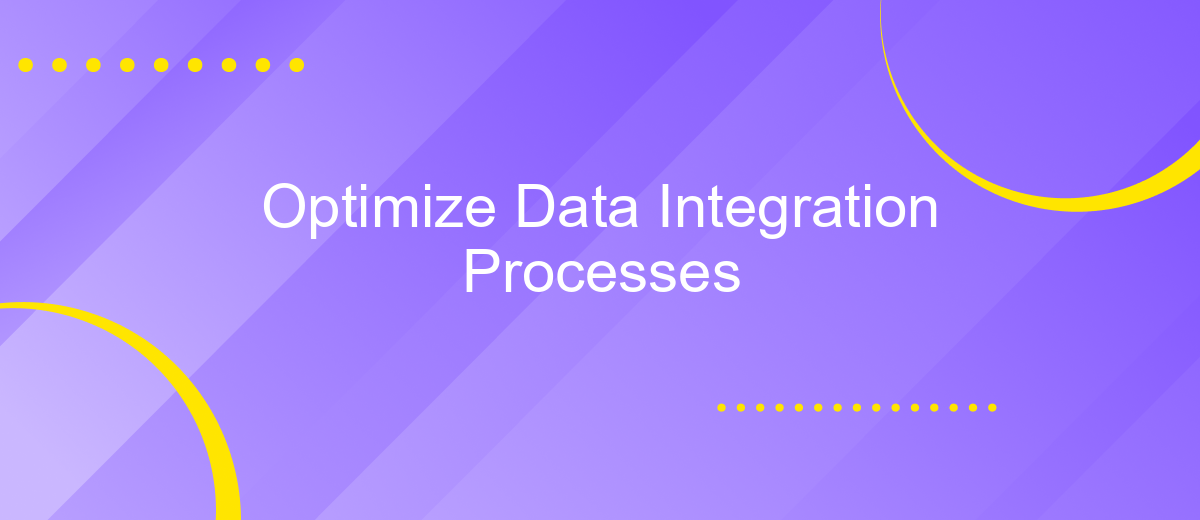Optimize Data Integration Processes
In today's data-driven world, optimizing data integration processes is crucial for businesses aiming to leverage their data effectively. Efficient data integration ensures seamless data flow between systems, reduces redundancy, and enhances decision-making capabilities. This article explores key strategies and best practices to streamline data integration, helping organizations achieve greater accuracy, efficiency, and agility in their data management efforts.
Introduction
In today's fast-paced digital landscape, optimizing data integration processes is crucial for businesses aiming to achieve seamless data flow and enhanced decision-making. Effective data integration not only ensures that data from various sources is combined accurately but also enhances the overall efficiency of data management systems. By focusing on optimization, organizations can reduce latency, minimize errors, and improve the reliability of their data operations.
- Enhances data accuracy and consistency
- Reduces operational costs and time
- Improves decision-making capabilities
- Ensures better data governance and compliance
- Facilitates real-time data processing
Achieving optimized data integration requires a strategic approach that includes the adoption of advanced technologies, such as ETL tools, data warehousing solutions, and real-time analytics platforms. Organizations must also invest in skilled personnel and establish robust data governance frameworks. By doing so, they can ensure that their data integration processes are not only efficient but also scalable and adaptable to future data needs.
Challenges in Data Integration Processes

Data integration processes often face numerous challenges, starting with data quality issues. Inconsistent data formats, missing values, and duplicate records can significantly hinder the integration process. Ensuring that data from various sources is clean, accurate, and consistent requires substantial effort and sophisticated tools. Furthermore, real-time data integration can be particularly challenging due to the need for continuous data flow and synchronization across multiple systems.
Another critical challenge is the complexity of integrating data from diverse sources, which may include legacy systems, cloud-based applications, and third-party APIs. Each source may have its own unique data structure and protocol, making seamless integration difficult. Tools like ApiX-Drive can simplify this process by providing a user-friendly interface for connecting various applications and automating data workflows. However, even with such tools, ensuring data security and compliance with regulations like GDPR remains a significant concern, requiring robust encryption and access control mechanisms.
Strategies for Optimization

Optimizing data integration processes is crucial for enhancing efficiency and ensuring seamless data flow across systems. By implementing strategic approaches, organizations can significantly reduce the time and resources required for data integration while maintaining data quality and consistency.
- Automate Data Workflows: Utilize automation tools to streamline repetitive tasks, reducing manual intervention and the risk of errors.
- Implement Data Standardization: Establish uniform data formats and standards to simplify data mapping and transformation processes.
- Leverage ETL Tools: Employ Extract, Transform, Load (ETL) tools to efficiently manage data extraction, transformation, and loading processes.
- Monitor and Optimize Performance: Continuously monitor data integration performance and optimize processes to handle increasing data volumes and complexities.
- Ensure Data Governance: Implement robust data governance practices to maintain data integrity, security, and compliance throughout the integration lifecycle.
By following these strategies, organizations can achieve more efficient and reliable data integration processes. This not only enhances operational performance but also provides a solid foundation for informed decision-making and advanced analytics.
Tools and Technologies for Optimization

Optimizing data integration processes requires leveraging the right tools and technologies to ensure efficiency, accuracy, and scalability. Modern data integration solutions offer a range of features that streamline workflows and enhance data quality. Selecting the appropriate tools can significantly impact the overall performance of your data integration initiatives.
Several categories of tools and technologies are essential for optimizing data integration. These include ETL (Extract, Transform, Load) tools, data replication software, and data quality solutions. Additionally, cloud-based platforms and big data technologies play a crucial role in managing and processing large volumes of data efficiently.
- ETL Tools: Talend, Apache Nifi, Informatica
- Data Replication Software: HVR, Fivetran, Qlik Replicate
- Data Quality Solutions: Trifacta, Talend Data Quality, Informatica Data Quality
- Cloud Platforms: AWS Glue, Google Cloud Dataflow, Azure Data Factory
- Big Data Technologies: Apache Hadoop, Apache Spark, Databricks
By integrating these tools and technologies into your data integration strategy, you can achieve higher efficiency, reduce errors, and ensure that your data is accurate and reliable. This holistic approach enables organizations to make data-driven decisions and maintain a competitive edge in the market.
- Automate the work of an online store or landing
- Empower through integration
- Don't spend money on programmers and integrators
- Save time by automating routine tasks
Best Practices and Case Studies
Optimizing data integration processes requires adherence to several best practices. Firstly, ensure data quality by implementing validation rules and regular audits. This minimizes errors and ensures reliable data flow. Secondly, use scalable integration solutions that can grow with your business needs. Tools like ApiX-Drive offer flexibility and automation, allowing seamless connections between various applications and databases. Additionally, prioritize data security by encrypting sensitive information and using secure transfer protocols to protect against breaches.
Case studies highlight the effectiveness of these practices. For instance, a retail company implemented ApiX-Drive to integrate their e-commerce platform with their CRM. This automation reduced manual data entry by 80%, increasing efficiency and accuracy. Another example is a healthcare provider that used ApiX-Drive to connect patient management systems with billing software, ensuring real-time updates and reducing billing errors by 30%. These examples demonstrate how following best practices and leveraging robust tools can significantly enhance data integration processes.
FAQ
What is data integration, and why is it important?
What are the common challenges in data integration?
How can I automate data integration processes?
What is ApiX-Drive, and how can it help with data integration?
How do I ensure data quality in integrated systems?
Strive to take your business to the next level, achieve your goals faster and more efficiently? Apix-Drive is your reliable assistant for these tasks. An online service and application connector will help you automate key business processes and get rid of the routine. You and your employees will free up time for important core tasks. Try Apix-Drive features for free to see the effectiveness of the online connector for yourself.


